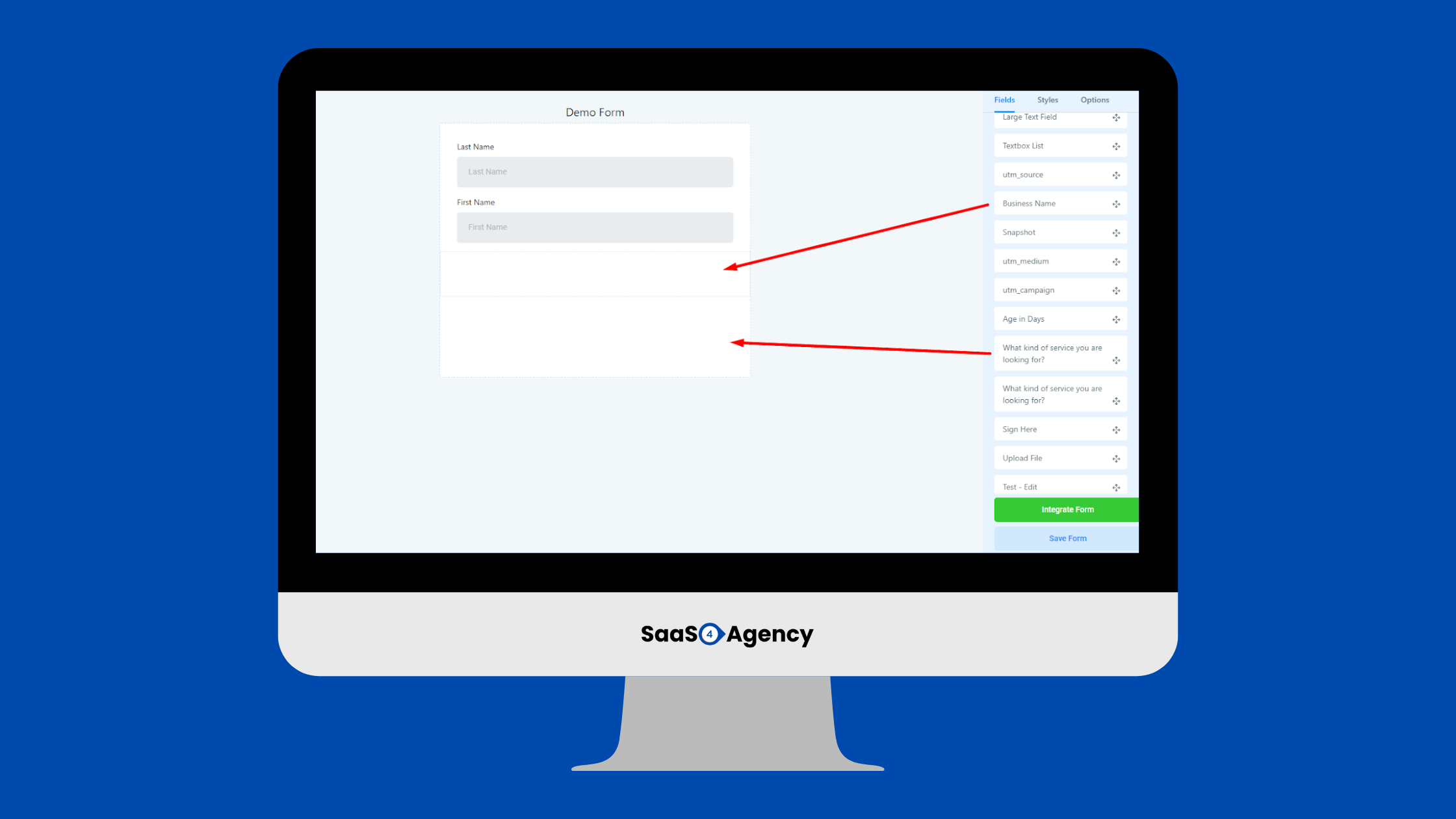- Getting Started with Custom Fields in HighLevel
- Why Custom Fields are Essential
- Creating and Organizing Custom Fields
- Filling and Utilizing Custom Fields
- Creating Automations with Custom Fields
- Exploring Opportunity Custom Fields
- Conclusion and Final Thoughts
We’ll explore how to effectively use custom fields in HighLevel. Custom fields are essential for collecting specific information tailored to your business needs. We’ll cover the different types of custom fields, their applications in surveys, forms, and automations, and the distinction between contact and opportunity custom fields. Let’s dive in!
Getting Started with Custom Fields in HighLevel
To begin, log into your HighLevel sub-account and follow these steps:
- Navigate to Settings:
- Click on the settings icon located at the bottom left of your dashboard.
- Scroll down and select Custom Fields.
- View Existing Custom Fields:
- You’ll see all existing custom fields, folders, and groups.
- You can also view and restore any deleted custom fields.
Why Custom Fields are Essential
Custom fields allow you to gather unique information specific to your business. While default fields like first name, last name, email, and phone number are available for every contact, you may need additional details to better qualify your leads. For instance, in real estate, you might need to know if a lead is a buyer or a seller and what type of property they are dealing with.
Creating and Organizing Custom Fields
Let’s create some custom fields for a real estate example:
- Add a New Field:
- Click on Add Field.
- Choose the input type (e.g., radio select, drop-down single).
- Select Contact under Object.
- Example Custom Fields:
- Lead Type: Choose radio select and add options like “Buyer” or “Seller.”
- Property Type: Choose drop-down single and add options like “Condo,” “Apartment,” “House.”
- Organize Custom Fields:
- Create a folder (e.g., Real Estate Qualification) to group related custom fields.
- Move your new custom fields into this folder for better organization.
Filling and Utilizing Custom Fields
There are two main ways to populate custom fields:
- Manual Entry:
- When on a call with a lead, manually fill in the custom fields.
- Forms and Surveys:
- Add custom fields to forms and surveys by dragging them into the form builder.
- Customize placeholders or labels as needed.
Creating Automations with Custom Fields
You can create workflows that utilize custom fields to notify your sales team and streamline lead qualification. Here’s an example:
- Create a Workflow:
- Set up a workflow to notify your sales team when a new lead is captured.
- Use custom fields to include specific lead information in the notification.
- Internal Notification Example:
- Notify your sales team with details such as lead type and property type.
- Use placeholders to pull information from the custom fields you created.
Exploring Opportunity Custom Fields
Opportunity custom fields are associated with specific opportunities rather than contacts. These fields can be crucial for understanding the context of a particular deal. Here’s how to create an opportunity custom field:
- Add an Opportunity Custom Field:
- Go to Settings > Custom Fields > Add Field.
- Select Opportunity under Object.
- Example: How Soon Are You Ready to Buy or Sell? with options like “1 Month,” “3-6 Months,” “12 Months.”
- Utilize Opportunity Custom Fields:
- These fields appear only under opportunities, not contacts.
- They provide specific information relevant to the deal, aiding your sales team in better qualifying and managing leads.
Conclusion and Final Thoughts
Custom fields in HighLevel are powerful tools for collecting and utilizing specific information about your leads. By understanding and implementing both contact and opportunity custom fields, you can enhance your data collection and automate processes tailored to your business needs. If you have any questions, please leave a comment below. See you in the next update!

